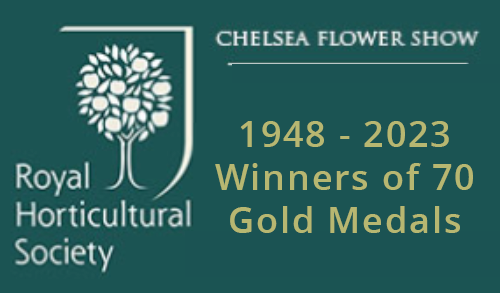News: Compost And Containers
News
Compost and Containers
One of the most frequent questions we are asked concerns the best type of compost to use for containers and pots. Use fresh compost. The compost should be moisture retentive, free draining and friable. Most general-purpose composts will suffice but the mix should include garden soil, leaf mould and a small amount of horticultural grit. If you are buying compost, choose a soil-based mix such as John Innes No2.
There is not much to go wrong when planting bulbs in containers and pots, the flower embryo and nutrients are all contained within the bulb itself. The biggest threat to success is a lack of moisture during the growing period leading to an inadequately developed root system. This will cause stunted growth and overly short flowering times. In the worst cases, only leaves will appear and any flower buds will shrivel before flowering. This is often mistaken for a virus infection. On the other hand, poor drainage and overwatering can decay the bulbs and their roots leading to yellow foliage and even collapse.
It is important to keep the pots evenly moist during the autumn and spring without soaking them. Before filling your containers make sure the compost is suitably damp, it is very difficult to add sufficient moisture once the bulbs have been planted. The amount of moisture should be enough for the compost to bind when tightly squeezed.
What containers to use? Ventilation is very important. Earthenware pots are ideal as they allow air to reach the bulbs and moisture to evaporate slowly. They do need more attention to watering than plastic pots. If you use plastic containers make sure there are plenty of drainage holes.


